Researchers at Microsoft say they have created elusive quasiparticles called Majorana zero modes – but scientists outside the company are sceptical.


Researchers at Microsoft say they have created elusive quasiparticles called Majorana zero modes – but scientists outside the company are sceptical.
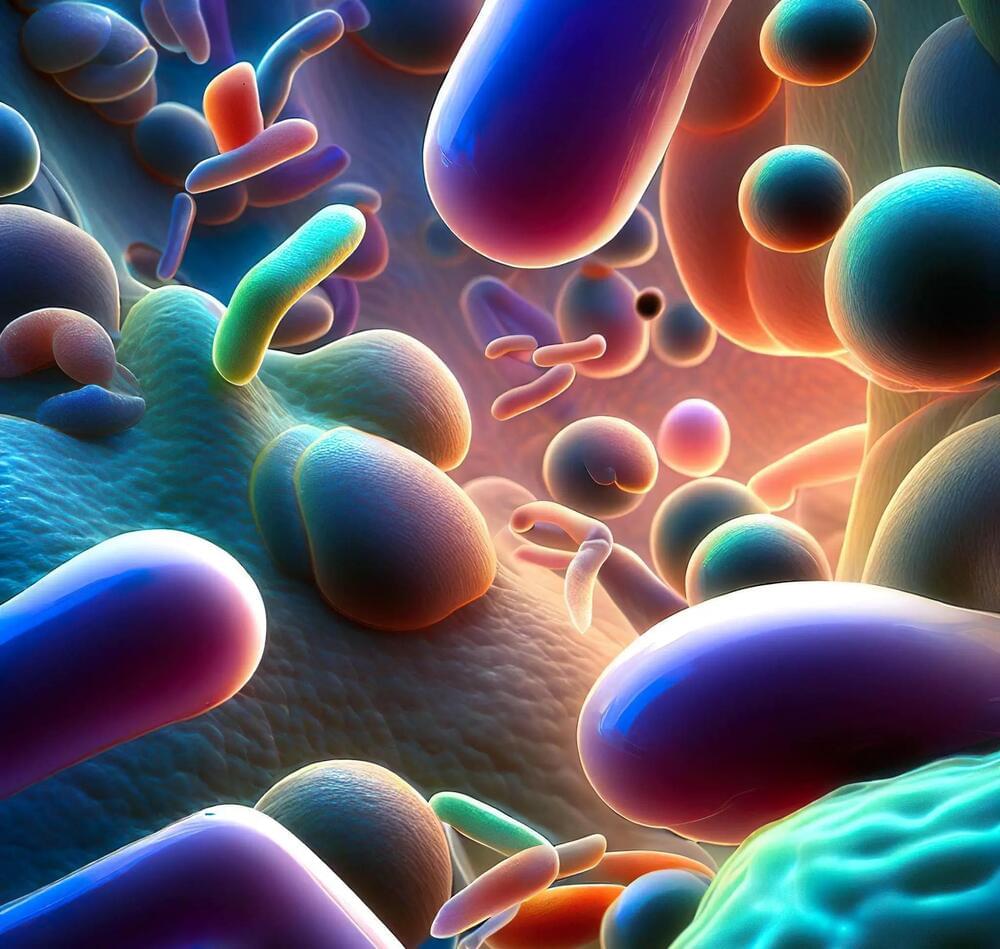
For many years, the fields of physics and chemistry have held the belief that the properties of solid materials are fundamentally determined by the atoms and molecules they consist of. For instance, the crystalline nature of salt is credited to the ionic bond formed between sodium and chloride ions. Similarly, metals such as iron or copper owe their robustness to the metallic bonds between their respective atoms, and the elasticity of rubbers stems from the flexible bonds in the polymers that form them. This principle also applies to substances like fungi, bacteria, and wood.
Or so the story goes.
A new paper recently published in Nature upends that paradigm, and argues that the character of many biological materials is actually created by the water that permeates these materials. Water gives rise to a solid and goes on to define the properties of that solid, all the while maintaining its liquid characteristics.
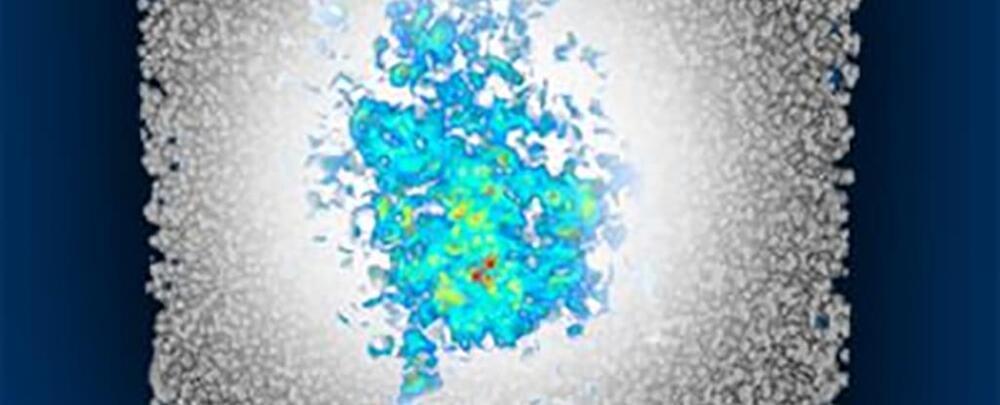
Scientists have solved a decades-long mystery on whether light can be effectively trapped in a 3D forest of microscopic particles.
Using a new method for crunching vast sums in a model of particle interactions, a team of physicists in the US and France revealed conditions under which a wave of light can be brought to a standstill by defects in the right kind of material.
Known as Anderson localization, after US theoretical physicist Philip W. Anderson, electrons can become trapped (localized) in disordered materials with randomly distributed abnormalities. Its proposal in 1958 was a significant moment in contemporary condensed matter physics, applying across quantum as well as classical mechanics.

There’s some potentially big news on the hunt for dark matter. Astronomers may have a handle on what makes this mysterious cosmic stuff: strange particles called “axions.”
Rather than search directly for axions, however, a multinational team of researchers led by Keir Rogers from the University of Toronto looked for something else. They focused on the “clumpiness” of the Universe and found that cosmic matter is more evenly distributed than expected.
So, what role do axions play here? Quantum mechanics explains these ultra-light particles as “fuzzy” because they exhibit wave-like behavior. It turns out their wavelengths can be bigger than entire galaxies. Apparently, that fuzziness plays a role in smoothing out the Universe by influencing the formation and distribution of dark matter. If that’s true, then it goes a long way toward explaining why the matter in the cosmos is more evenly spread out. It implies that axions play a part in the distribution of matter in the cosmos.
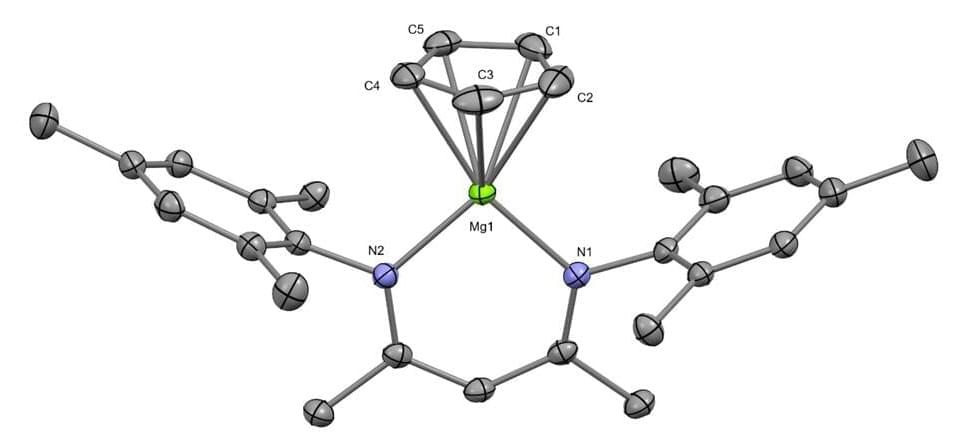
A quartet of chemists at the University of Oxford has, for the first time, found a way to get two beryllium atoms to bond with one another. In their paper published in the journal Science, Josef Boronski, Agamemnon Crumpton, Lewis Wales and Simon Aldridge, describe their process and how they managed to do it in a safe way—and at room temperature. Jason Dutton with La Trobe University, has published a Perspective piece in the same journal issue, outlining the work done by the team in England.
Beryllium is a strong but lightweight, alkaline earth metal. It is also brittle.
Beryllium only ever occurs naturally when mixed with other elements, forming minerals. It is often found in gemstones such as emeralds. And it is used in a variety of applications, from telecommunications equipment to computers and cell phones. It is also mixed with other metals to create alloys used in applications such as gyroscopes and electrical contacts.
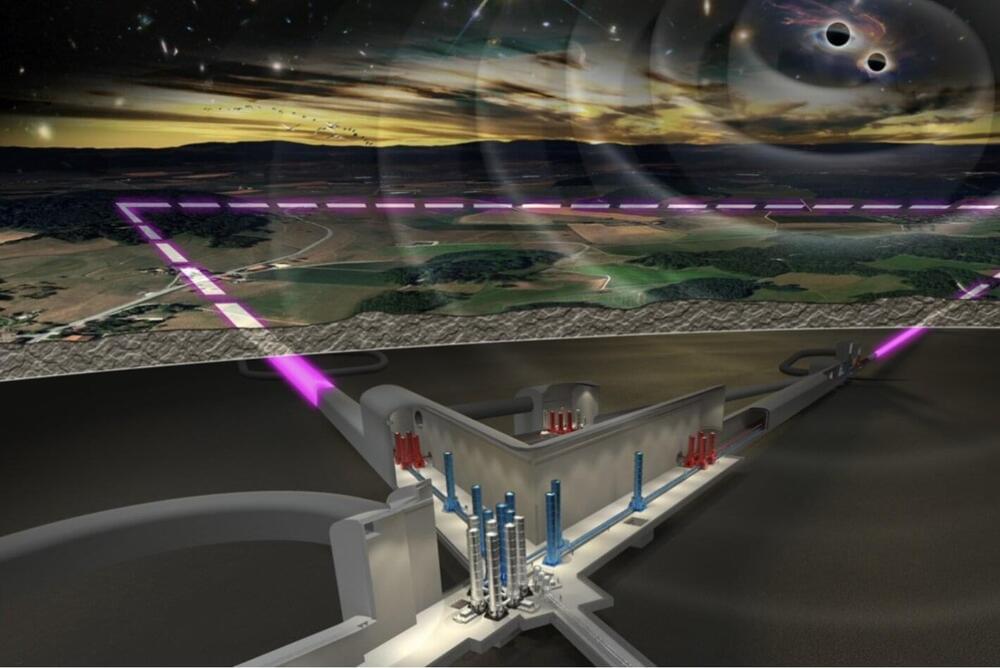
Gravitational waves, like the discovery of the Higgs boson in 2012, have made their mark on a decade of extraordinary discoveries in physics. Unlike gravity, which is created when massive objects leave their mark in the fabric of spacetime, gravitational waves are very weak ripples in spacetime that are caused by gravity-accelerated masses.
So far, researchers have been able to detect the gravitational waves produced by the melting together of very heavy objects, such as black holes or neutron stars. When this happens, these echoes from the past reverberate through the whole universe and finally reach Earth, allowing us to piece together what happened millions of light-years ago.
Current gravitational-wave observatories can only detect a few gravitational waves as they cover just a narrow spectrum of the whole range of wavelengths that are emitted. Future gravitational-wave observatories, such as the Einstein Telescope, a CERN-recognized experiment, need to be larger in order to search for a larger bandwidth of gravitational waves that could tell us more about the universe.

The process that powers much of life on Earth, photosynthesis, is so finely tuned that just one photon is enough to kick it off.
Scientists have long suspected that photosynthesis must be sensitive to individual photons, or particles of light, because despite the way it dominates our days, the sun’s light is surprisingly sparse at the level of individual plant cells. But only now, with the help of quantum physics, have researchers been able to watch a single packet of light begin the process in an experiment described on June 14 in the journal Nature.
“It makes sense that photosynthesis only requires a single photon, but to actually be able to measure that … is really groundbreaking,” says Sara Massey, a physical chemist at Southwestern University in Texas, who was not involved with the new research. “Being able to actually see that hands-on with the data from these experiments is very valuable.”

Nearly two decades have passed since the advent of graphene.
Graphene is an allotrope of carbon in the form of a single layer of atoms in a two-dimensional hexagonal lattice in which one atom forms each vertex. It is the basic structural element of other allotropes of carbon, including graphite, charcoal, carbon nanotubes, and fullerenes. In proportion to its thickness, it is about 100 times stronger than the strongest steel.
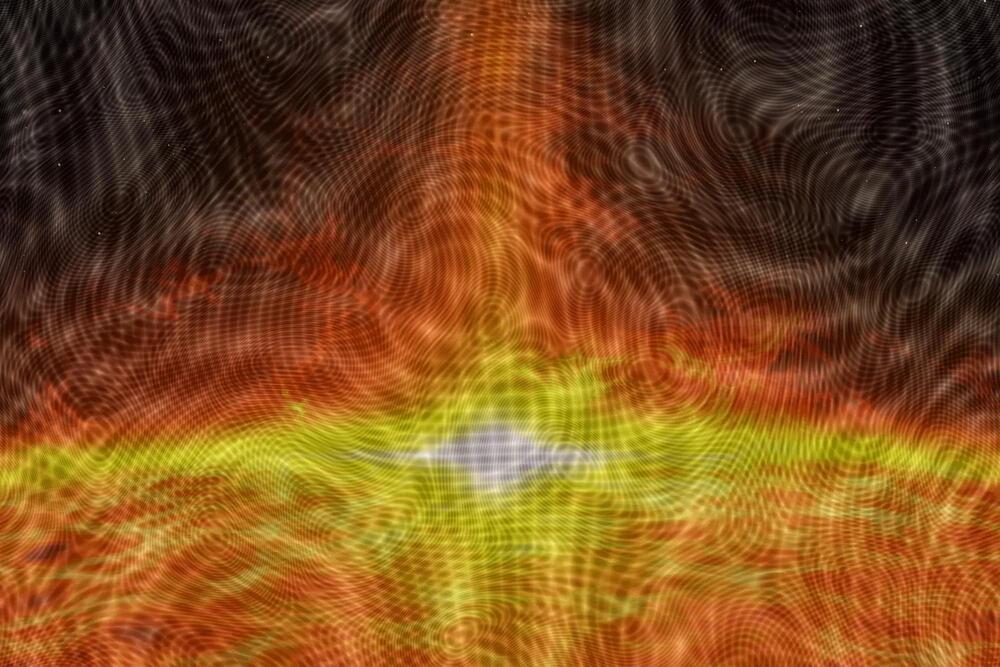
A team of physicists, including University of Massachusetts assistant professor Tigran Sedrakyan, recently announced in the journal Nature that they have discovered a new phase of matter. Called the “chiral bose-liquid state,” the discovery opens a new path in the age-old effort to understand the nature of the physical world.
Under everyday conditions, matter can be a solid, liquid, or gas. But once you venture beyond the everyday—into temperatures approaching absolute zero.
Absolute zero is the theoretical lowest temperature on the thermodynamic temperature scale. At this temperature, all atoms of an object are at rest and the object does not emit or absorb energy. The internationally agreed-upon value for this temperature is −273.15 °C (−459.67 °F; 0.00 K).
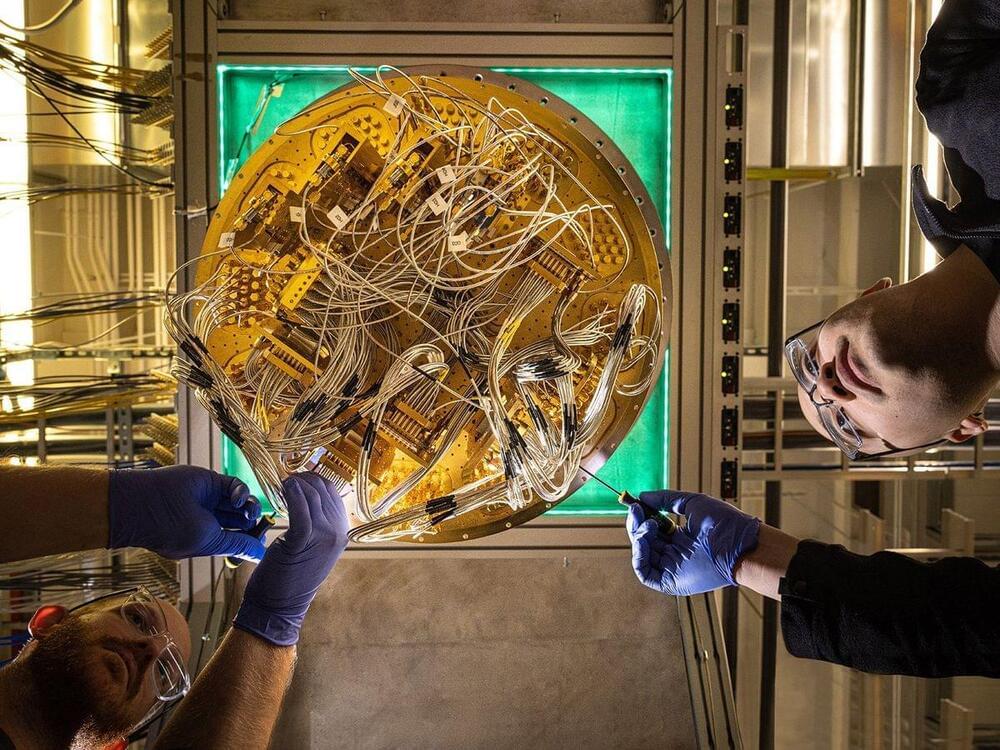
The compelling feature of this new breed of quasiparticle, says Pedram Roushan of Google Quantum AI, is the combination of their accessibility to quantum logic operations and their relative invulnerability to thermal and environmental noise. This combination, he says, was recognized in the very first proposal of topological quantum computing, in 1997 by the Russian-born physicist Alexei Kitaev.
At the time, Kitaev realized that non-Abelian anyons could run any quantum computer algorithm. And now that two separate groups have created the quasi-particles in the wild, each team is eager to develop their own suite of quantum computational tools around these new quasiparticles.